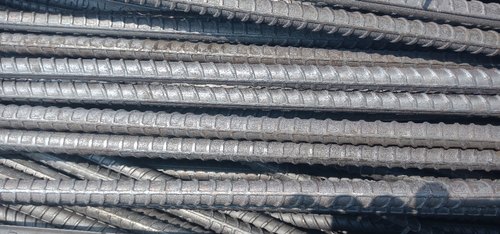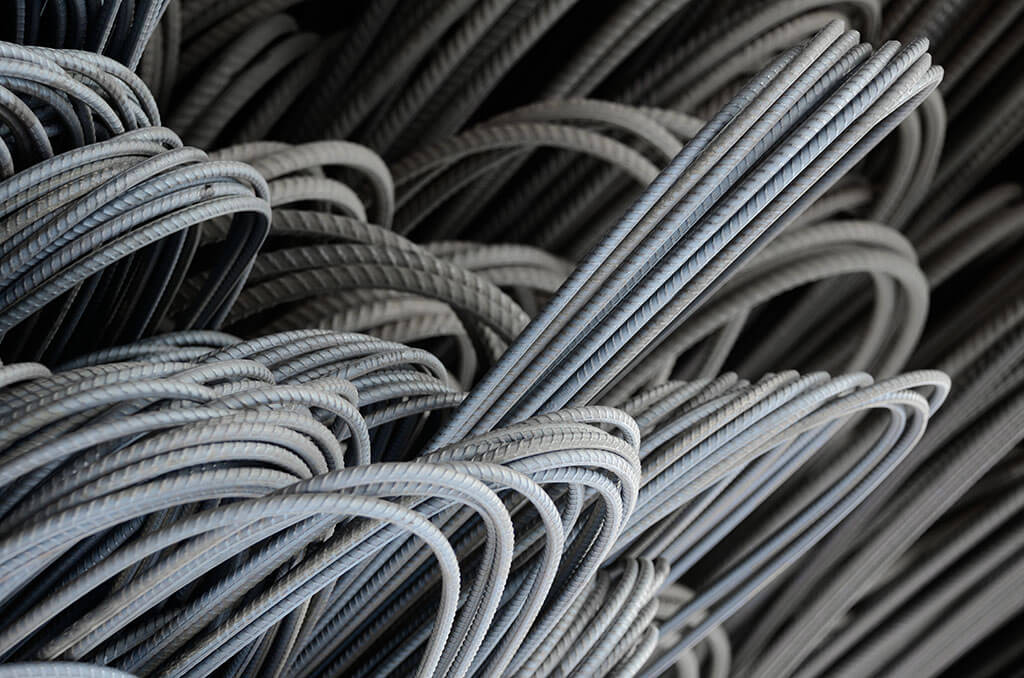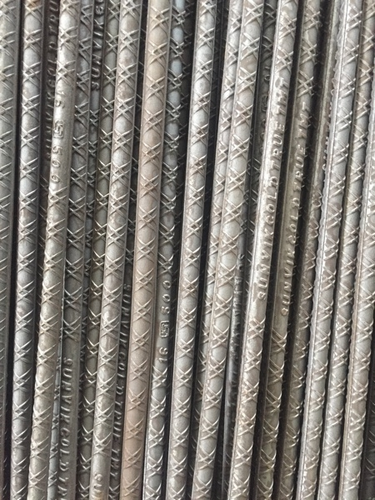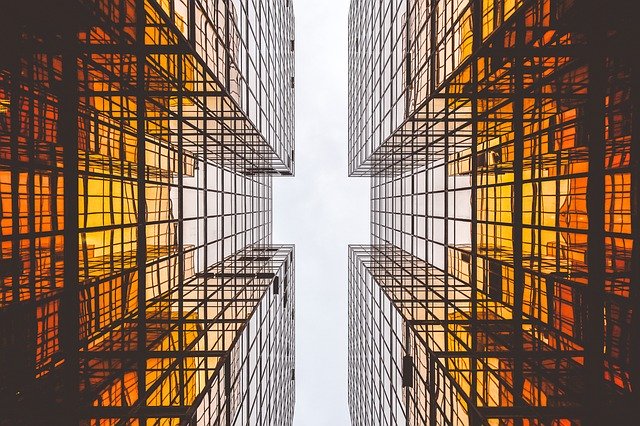

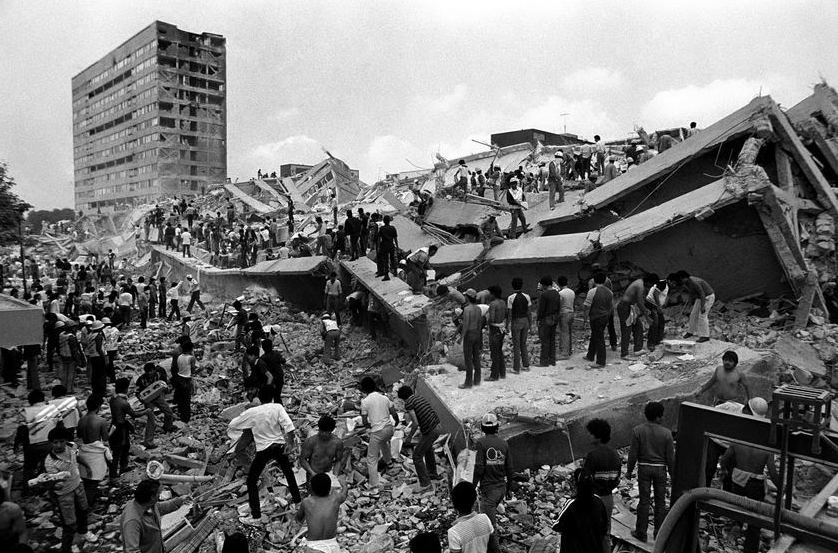
India has a history of devastating earthquakes, almost 54% of the land is vulnerable. The country is categorised into seismic zones 2, 3, 4 & 5, with zone 2 having least impact and zone 5 the most. A World Bank and United Nations report estimates 200 million city dwellers in India will be exposed to storms and earthquakes by 2050. While we have no control over nature’s activities, we can build a shelter that is prepared to face adversities to the best of our ability.
In 2017, there was a 7.1 magnitude earthquake in Mexico, some buildings collapsed, and some, as close as next door, stood strong. So, the experts concluded that the nature of structural damages gave sufficient proof that houses built with better materials weathered the earthquake.
An earthquake may or may not affect the zones we live in, but isn’t it better to be prepared for an impact, than be careless about it? Especially, if collecting a little bit of information and making true choices can help build stronger structures? The what-ifs are unpredictable! But, when we look at the pattern of damages, we know that there is hope if the structures are constructed with good material. It not only saves structures but lives.
A structure gets its inner strength obviously from its innermost component, that forms the core of the construction. And in India, that core component is the reinforcement bars, widely used and popularly credited as TMT bars.
TMT Steel Bars make up the most critical component that defines earthquake-resistant construction.
Let’s find out the qualities that determine the earthquake resistant capabilities of a TMT Steel Bar:
Leveraging the chemical and mechanical properties of steel in the manufacturing process:
Thermo-mechanically treated bars possess a strong external martensite surface and a soft ferrite-pearlite core. The manufacturing process defines the superior quality of the bars by making it tough from the outside and soft at the core, the material with inner strength. So, the mild tilt in the structure during earthquake is taken care of by the soft core and the tough exterior brings it back to its original position.
When inner strength is associated with TMT bars, it means they are perfect, manufactured with care and commitment. These bars have xtra strength, xtra bendability without breaking, xtra elongation and xtra ductility. Elongation and ductility of TMT bars are important qualities that absorb the high impact generated by an earthquake and continue to stand strong.
Manufacturing quality of steel bars and its mechanical properties like yield strength and elongation percentage are very important in determining the flexibility and post-yield behaviour of the reinforcement bar.
Rib Pattern:
Rib formation is also an important factor to consider when looking for strong structures. The unique rib pattern decides the bar’s reinforcement with concrete. Owing to the high compressive and low tensile strength of concrete, it becomes essential to reinforce it with steel, then they become stronger together.
How to choose the best TMT bars for earthquake resistant construction?
Different grades of TMT steel bars are available in India; they are all specified and approved by BIS. We have discussed the different grades of TMT in our previous blog, you may please refer to it.
When it comes to making the choice, you should make the true choice! The right mix of ductility and tensile strength taken care of in the closely monitored manufacturing process, automatically makes it the true choice for earthquake resistant construction. High ductility enables the building to withstand both dynamic and seismic loads.
Your true choice should be the TMT steel created with inner strength to absorb the impact of any external force and still survive like a true warrior.
